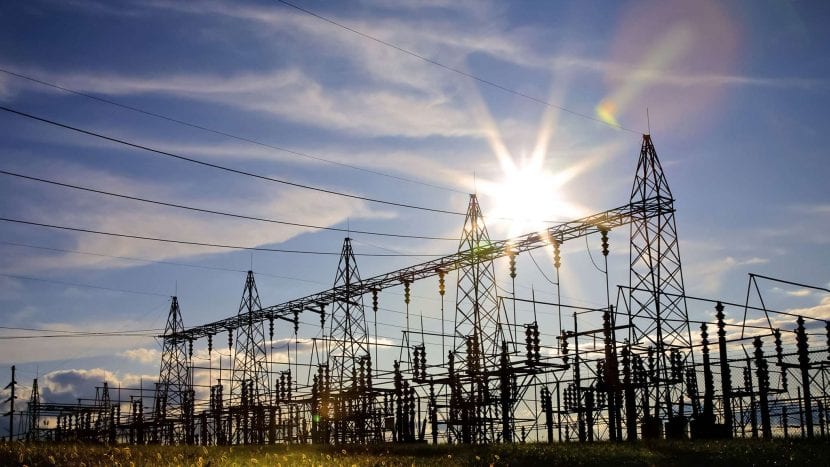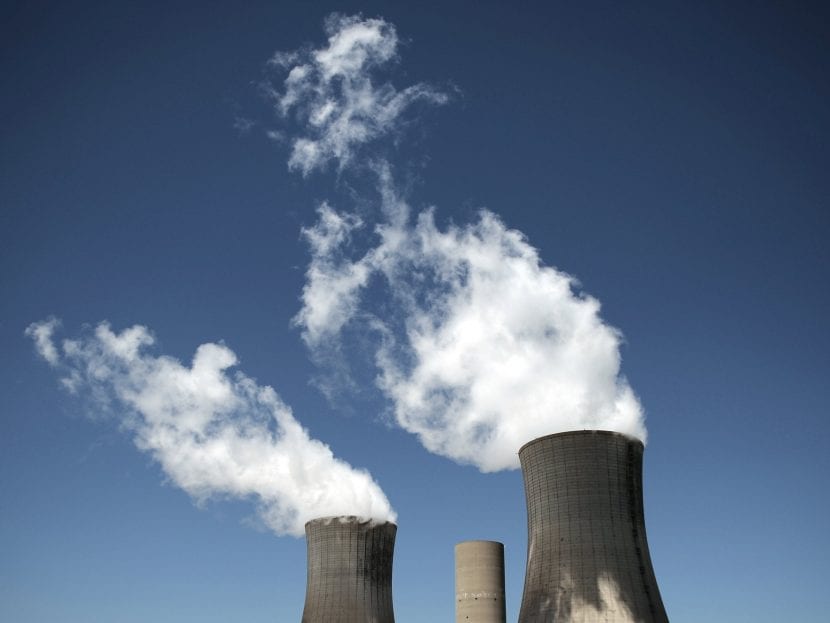
The new renewable energy installed capacity marked a new record in 2016, with 161 gigawatts (GW) installed, which means that the total capacity Worldwide increased Over the previous year up to 2.017 gigawatts, nothing less.
This installed capacity is represented mainly by photovoltaic solar energy with almost 47%, followed by wind with 34% and with 15,5% hydraulic energy.
But the good news does not end here and it is that renewable energy is becoming the least expensive option.
Recent contracts set the renewable electricity price at $ 0,05 per kilowatt hour, a price that is well below the equivalent of fossil fuels and nuclear generation in each of the countries that have such contracts such as Denmark, Egypt, Mexico, India, Peru ...
La "Base load" from nuclear energy and fossil fuels already it will not be necessary with the integration of large proportions of renewable energy generation as long as there is sufficient flexibility in the electrical system, which can be achieved through network interconnections, storage systems, heat pumps, electric vehicles, union of sectors and instrumental technologies such as ICT, etc.
This flexibility gives balance to variable generation and also optimizes the system reducing generation costs.
That's why the number of countries that have successfully managed peaks that approach or exceed 100% of electricity generation with renewable energy has increased.
On the other hand, thanks to the growth of installed capacity in renewable energies in addition to the decline of coal and energy efficiency improvements, global CO2 emissions from fuels and industry have remained stable for the third consecutive year, despite the 3% growth in the global economy and energy demand.
Positive news
In 2016 about 0,8GW, of new storage capacity was launched achieving an estimated total of 6,4GW at the end of the year due to innovations and technological storage solutions that provide greater flexibility to the electrical system.
In addition, markets for mini-grids and autonomous systems are evolving by leaps and bounds and Pay-As-You-Go (PAYG) business models are booming supported by mobile technology.
With this we can say that PAYG solar companies with 3 million dollars in 2012, reached 223 million in 2016.
The president of REN21, Arthur Zervos states that: “Every year, the world is adding more renewable energy capacity compared to the added capacity for all fossil fuels combined.
One of the most important findings of this year's GSR is that systemic and holistic approaches are crucial and should become the rule rather than the exception. As the share of renewables grows, we will need greater investments in infrastructure, as well as a complete set of tools: integrated and interconnected transmission and distribution networks; measures that balance supply and demand; coupling of sectors (for example, the integration of electricity and transport networks), as well as the use of a wide range of instrumental technologies ”.
Bad news
However, reaching the goals of the Paris agreement will be difficult since the energy transition does not happen fast enough.
And while investments in renewable energy and new fuel capacity roughly doubled investments in fossil fuels, Investments in new renewable energy installations decreased 23% compared to 2015.
Investing in developing countries and emerging markets fell 30% (116,6 billion dollars) and in the developed countries fell 14% (125 billion dollars).
Equally, investments do not change course and they only focus on photovoltaic solar energy and wind energy, turning their back on the rest, necessary to achieve the objective of keeping global warming below 2ºC.
The use of renewable technologies in the heating and cooling sector in addition to transport still a challenge due to the unique and distributed nature of this market.
Likewise, there are also fossil fuel subsidies that impede progress since they continue to dramatically outperform those yielded to renewable energies.
In 2014, the proportion between fossil fuel subsidies and renewable energy subsidies was 4: 1. For every dollar spent on renewables, governments spent $ 4 that helped perpetuate dependence on fossil fuels.
christine lins, executive secretary of REN21, explains: “the world is in a race against time. The single most important thing we can do to reduce CO2 emissions quickly and in the most cost-effective way is to phase out the use of coal and accelerate investments in energy efficiency and renewable energy. When China announced in January that it was canceling more than 100 coal plants that were under development, China set an example for the rest of the world's governments. Change can happen quickly when governments decide to act and establish long-term policies, as well as financial signals and incentives.
